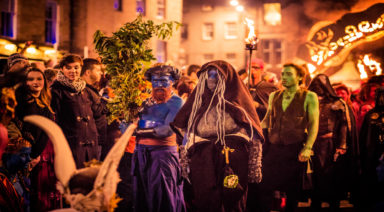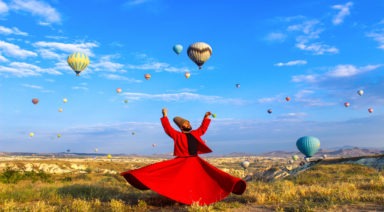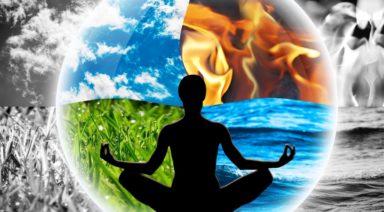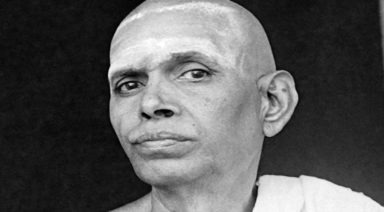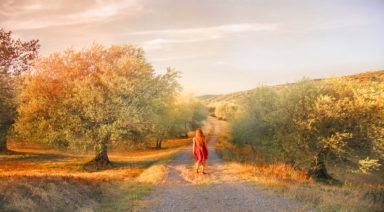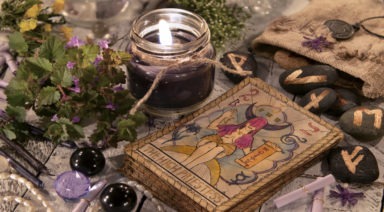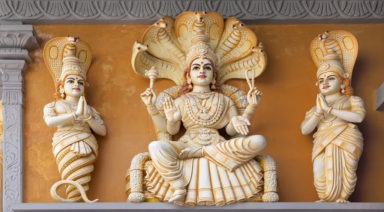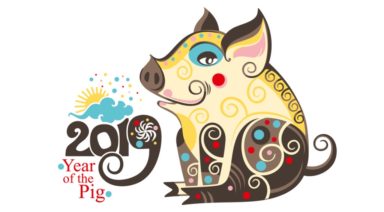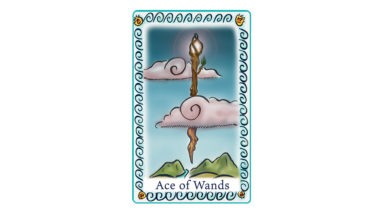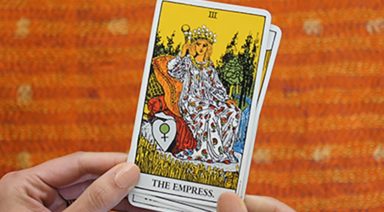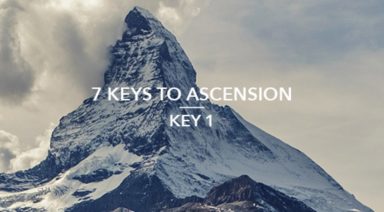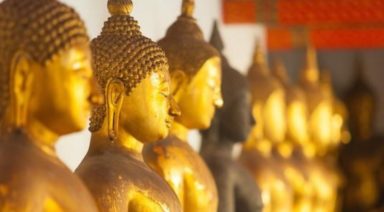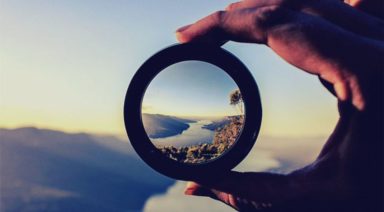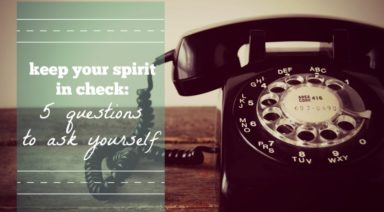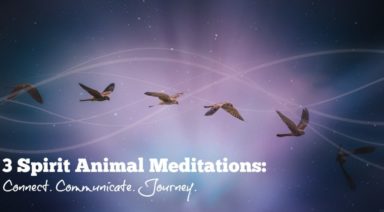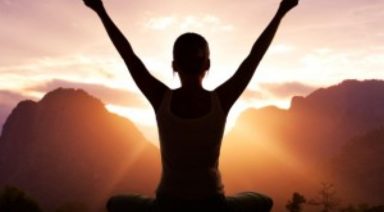What are Rituals?
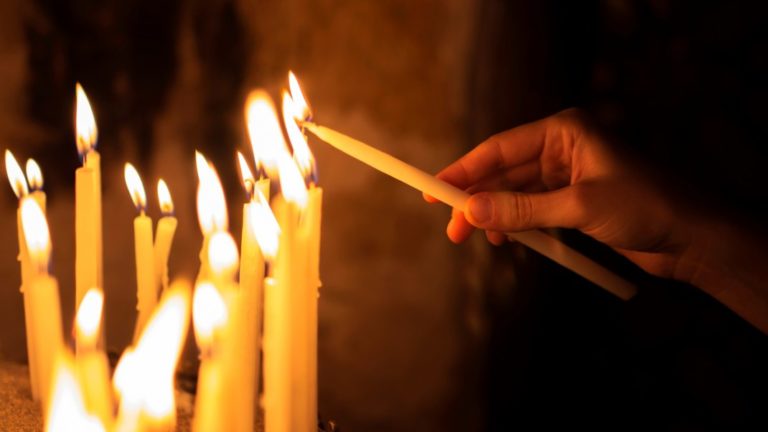
Early recordings of humankind denote an endless array of rituals: rituals are sequences of repeatable acts, called “rites”, performed by way of specific methodology adhering to certain occasions. From self-care routines to marriage ceremonies to political traditions, rituals hallmarked by specific cultures vary widely, yet relate in the sheer nature of their existence. With the passing of generations, rituals have become sidelined in many cultures, and as such, misunderstood.
By demystifying the concept of rituals and employing the power of purposeful ceremony, we are able to unlock the door of opportunity for renewal, consistency, and mindfulness within our own lives.
What Are Rituals?
Often mistaken for habits, rituals involve the execution of conscious and deliberate actions. Habitually, I roll out of bed and brush my teeth. There is very little thought involved in this routine; on more than one morning, I have performed this act and later in the day had no memory of partaking in the experience (that said, this has become ingrained into my everyday life, and therefore I trust with every cell in my being it was checked off the list). According to Charles Duhigg, author of The Power of Habit, once our brains are conditioned to incorporate a habit, we use little to no brainpower on that particular aspect of our day; it is almost as if we are sleeping during our waking hours.
Habitual Hardwiring
Habits and routines are hardwired into our minds at a young age. I can remember being sent home each day in third grade with two math worksheets, one division and the other multiplication. To my distaste, this dose of algebraic prescription was swallowed and completed before playtime ensued. Then followed dinner, then bath time, then 30 minutes of reading before bed. The daily incorporation of math problems and a set dinnertime, while seemingly mundane, provided structure and a sense of safety, which has served me far into adulthood.
Our habits, while capable of being orchestrated without much thought, serve us greatly as a source of stabilization in an often-unpredictable world.
Like habits, rituals offer a sense of grounded-ness and familiarity. Rituals, unlike habits, require us to become aware and attuned to specific moments in time, whether it be preparing the physical body for the day ahead or welcoming the dawn of a new season. For thousands of years, cultures around the world have preserved and continue to create such rituals.
Beyond Fear-Based Rituals
The evolution of society has immensely impacted rituals today. Understandably and thankfully, views on many subjects such as mortality have shifted, stamping out rituals such as human sacrifice, once common in Aztec and Viking cultures. Over the course of history, such intense and dramatic acts have created fear around the concept of rituals. The actual ritual itself becomes obsolete, as it no longer serves a purpose within the architecture of newly structured norms.
Rituals are Inherently Mindful
The pace of our existence has dramatically picked up speed and as such, our energy and attention are more expended upon habit. For instance, it is not uncommon to make a habit of hitting the steam room after a tough workout at the gym. What today likely takes the average health club goer 5-15 minutes shares commonality with once-lengthy and honored rituals around the globe. According to Dr. Joanne Berry, researcher and Roman historian, visits to public baths such as the Forum Baths in Pompeii served as time for people to mindfully cleanse, and also served as social and political meeting grounds; said ritual laid the foundation for many historical implications still being studied and unearthed today. In ancient Mesoamerican culture, a steaming ritual called “temazcal” served many purposes. A combination of heated rocks, meditation and chanting inside of a mortar structure originally served as a ritual during important events, such as childbirth, to call in a sense of rejuvenation.
Due to the formation of habits, there is a basic “to-do” framework we adhere to on a daily basis. Many of us know exactly how long a routine chock full of automated acts such as above takes us in order to seamlessly arrive at the office, an appointment, or wherever the wind blows in a timely manner. Efficiency can lead to the extraction of the presence of consciousness in our day-to-day acts. According to Richard J. Reidly, author of Eternal Egypt: Ancient Rituals for the Modern World, priests and priestesses in modern Egypt adhered to a daily morning ritual consisting of 32 ceremonious acts. In this day and age, carving out a window of precious time to execute such seems daunting, and frankly impossible.
Why are Rituals Important?
“A ritual is the enactment of a myth. And, by participating in the ritual, you are participating in the myth. And since myth is a projection of the depth wisdom of the psyche, by participating in a ritual, participating in the myth, you are being, as it were, put in accord with that wisdom, which is the wisdom that is inherent within you anyhow. Your consciousness is being re-minded of the wisdom of your own life. I think ritual is terribly important.” –Joseph Campbell
Rituals are often markers or catalysts for energetic shifts. Rituals also assist in renewal of self, support connection within community and keep tradition alive in a conscious way. On may levels, rituals help us become more in tune with what is truly meaningful; that which is of so much importance it stands the test of time.
The gerontology expert Rhonda P. Curtis wrote, “ritual expands our horizons to aspects of life beyond daily requirements.”” Rituals give the events we experience in our lives meaning, and our lives themselves a sense of purpose. Because a ritual requires preparation and thoughtfulness, they help us shift from “to-do” mode to “into doing” whatever may be required for the completion of your chosen ritual experience.
The Lasting Impact of Rituals
Take the full moon, for example. A quick glance in the sky can leave us breathless for a moment, and if we are lucky, we could yield a somewhat blurry photo to publish on Instagram. When observed through a ritual experience, the energy of the full moon can be harnessed for your benefit to release what is no longer serving you, as well help you become a magnet for that which will spur your evolution, both of which can make a lasting impression on the way your next day, week, month unfolds.
How to Create Your Own Rituals
Start Small
Identify areas in your life in which you are either experiencing or hope to encourage shift, personally and/or within your community, and do a bit of research around existing rituals with similar focus for inspiration. Perhaps you are experiencing a shift and moving into a new apartment soon. Promotion of energetic clearing through a smudging ceremony can assist you in becoming more grounded in your home.
Maybe you are hoping to create a consistent ritual around your bedtime. Becoming more aware of how and when you unwind can enhance the potency of your sleep without being overly complicated; try adding a quick yin yoga or nidra practice before you hit the pillow.
Plan it Out
Given that rituals bring significance to daily, monthly, annual and occasional events, they can be easier to carve out time for than you may think. Setting a daily alarm or calendar reminder can be helpful, especially when first incorporating your rituals into your rhythm of life.
Daily rituals are capable of being nestled into any block of the day. For example, you may try carving out a bit of time each morning to lay the foundation for your day with a guided meditation or a ten-minute walk outside without your phone in the afternoon to reboot and reinvigorate the remainder of the workday. Make your rituals easy to begin: set up your cushion in your favorite meditation spot the night before for a morning meditation or set your alarm for 2:10pm when you typically experience a lull in your workday for your walk.
Be Patient
A study conducted at University College London proves that it takes an average of 66 days to form new behavioral patterns. It may take a bit of time to incorporate a new ritual, whether it is a daily, weekly, or yearly ritual. With some time, it will feels natural, necessary and effortless.
Stay flexible
Did you oversleep or snooze your alarm yesterday, when you had set the intention of waking up early to embrace your day with a Sunrise Yoga session? Perhaps you are traveling for work and unable to find the resources necessary for your new Wednesday evening Ayurvedic dinner ritual. Instead of becoming frustrated, give yourself credit for the awareness you possess around your ritual, and the honored space you hold for it. Celebrate this as a sign of your dedication to your newly instilled commitment.
Rituals Allow the Savoring of Shifts
Experiencing an event through the lenses of habit or circumstance (looking up at the moon) versus that of ritual (gathering a small group of friends to welcome a celestial shift) is similar to that of swallowing a cup of coffee in three gulps rather than taking mindful sips, exploring the flavor notes, layers of acidity and cradling a warm mug in receptive hands. Rituals allow for us to savor the textures of our human experience as well as the unexplainable, and remind us that we have a choice with how, when, where and why we expend and dedicate our precious energy.
Samhain Unveiled: Tracing its Origins and Time-Honored Rituals
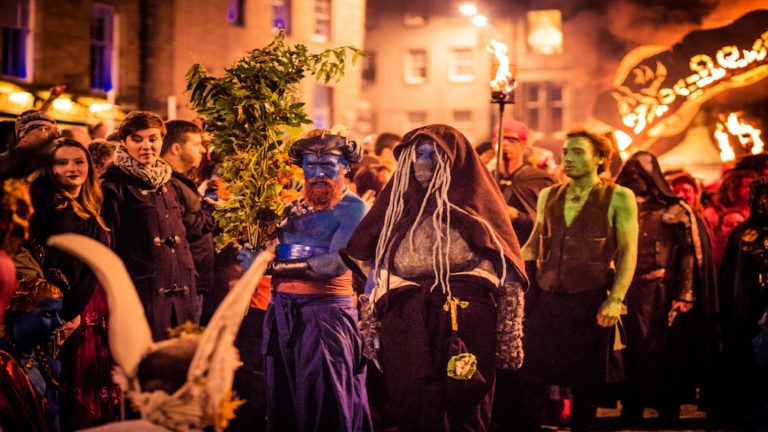
Samhain is a time-honored tradition followed by witches, Wiccans, ancient druids, and countless other modern pagans across the world, and celebrated as October turns to November. Samhain is a festival of the dead, meaning “Summer’s End,” and though you’re probably tempted to pronounce it “sam-hane,” it’s actually pronounced saah-win or saah-ween.
What is a Samhain Celebration?
Samhain is a sacred and ancient Celtic festival that marks the end of the harvest season and the beginning of winter. It holds deep spiritual significance as it honors our ancestors, acknowledges the time of year when the veil between the physical and spiritual worlds is thinnest, and embraces the mysteries of life and death. Samhain typically takes place from October 31st to November 1st and involves various rituals and traditions, such as ancestor veneration, divination, bonfires, costume dressing, feasting, and releasing and renewing rituals. It’s also celebrated as the beginning of the spiritual new year for Wicca practitioners, which is also why it’s nicknamed “The Witches’ New Year.” Samhain serves as a time of reflection, transformation, and connection with the natural and supernatural realms, reminding us of the cyclical nature of existence and the eternal bond with our ancestral heritage. If this celebration sounds oddly familiar, it’s because our modern Halloween, although different, originates from this Gaelic tradition. Historically, most American Halloween traditions were brought over by Irish and Scottish immigrants.
How to Celebrate Samhain
Samhain is typically celebrated by preparing a dinner to celebrate the harvest. The holiday is meant to be shared with those who have passed on as well as those still with us. Set a place at the table for those in the spiritual plane, providing an offering for them upon every serving throughout the meal. In addition to those who have passed, invite friends and family to enjoy the feast with you. Typical beverages include mulled wine, cider, and mead, and are to be shared with the dead throughout the meal.
Halloween Similarities & Differences
Despite occurring at similar times and containing similar themes, Samhain and Halloween are not the same holiday. Halloween, short for All Hallow’s Eve, is celebrated on and around Oct. 31 and tends to be more family-focused. On the other hand, Samhain is more religious in focus and spiritually observed by practitioners.
There are some more light-hearted observances in honor of the dead through Samhain, but the underlying tone of Samhain is one of a serious religious practice rather than a light-hearted make-believe re-enactment. Today’s Pagan Samhain rites are benevolent, and although they are somber and centered on death, they do not involve human or animal sacrifices, as some rumors may claim. Another difference between Samhain and Halloween is that most Samhain rituals are held in private rather than in public.
When to Start the Celebrations
If you want to start honoring this pagan tradition, you might wonder when to start. The timing of contemporary Samhain celebrations varies according to spiritual tradition and geography. Practitioners state to celebrate Samhain over several days and nights, and these extended observances usually include a series of solo rites as well as ceremonies, feasts, and gatherings with family, friends, and the spiritual community.
In the northern hemisphere, many Pagans celebrate Samhain from sundown on October 31 through November 1. Others hold Samhain celebrations on the nearest weekend or on the Full or New Moon closest to this time. Some Pagans observe Samhain a bit later, or near November 6, to coincide more closely with the astronomical midpoint between the Autumn Equinox and Winter Solstice. Most Pagans in the southern hemisphere time their Samhain observances to coincide with the middle of their Autumn in late April and early May rather than at the traditional European time of the holiday. In the end, it’s really up to you!
Honoring Life, Death, & Nature
Samhain isn’t necessarily a creepy, morbid holiday obsessed with death, as some may conclude. Instead, it reaches for themes deeper than that, tying in with nature’s rhythms. In many places, Samhain coincides with the end of the growing season. Vegetation dies back by killing frosts, and therefore, literally, death is in the air.
This contributes to the ancient notion that at Samhain, the veil is thin between the world of the living and the realm of the dead, facilitating contact and communication with the dead. For those who have lost loved ones in the past year, Samhain rituals can be an opportunity to bring closure to grieving and to further adjust to their being in the Otherworld by spiritually communing with them. However, it’s also a way to appreciate life when you get right down to it.



